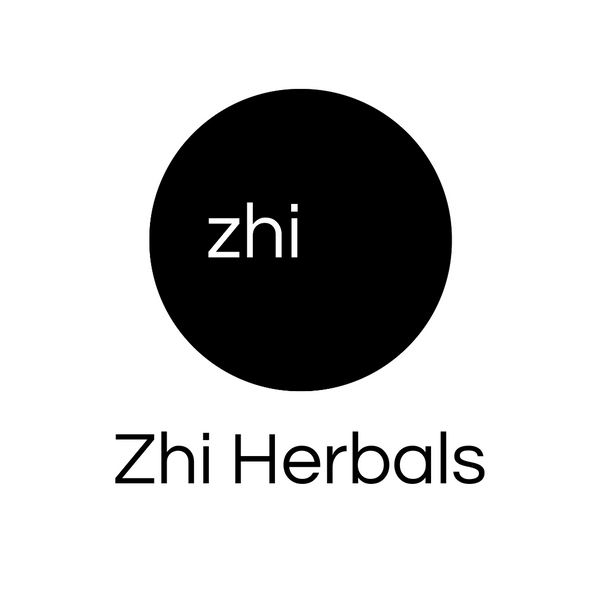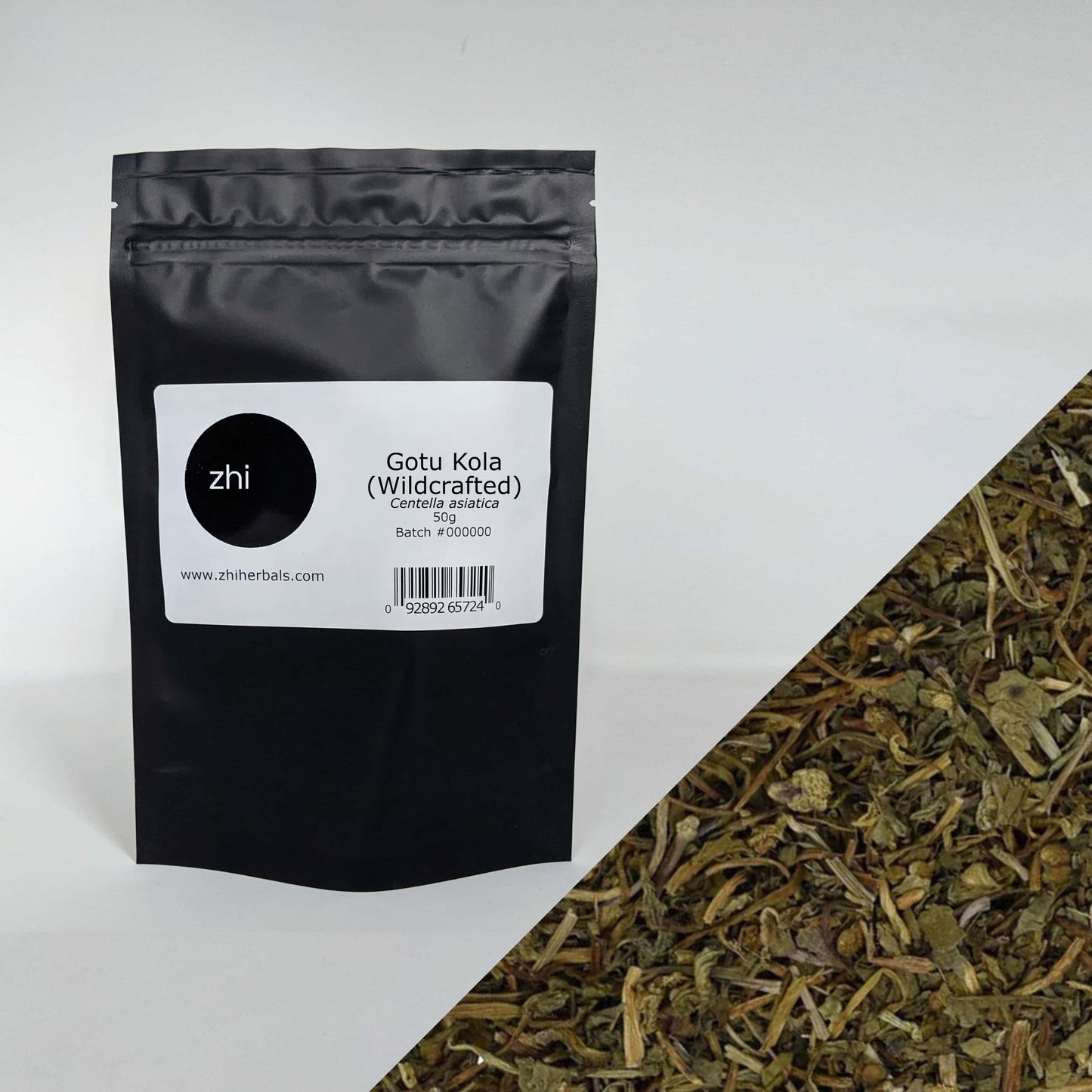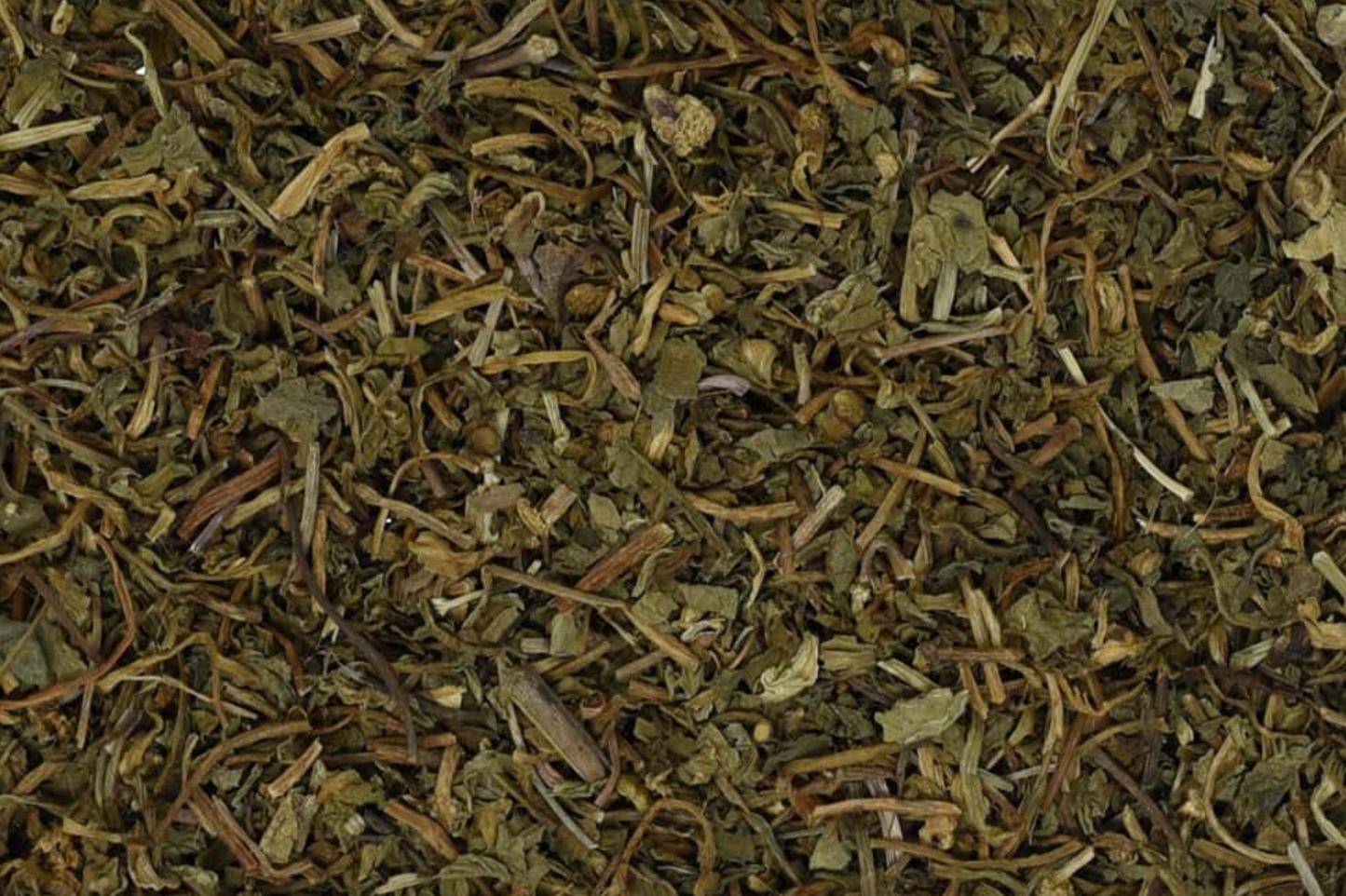Zhi Herbals
Gotu Kola (Wildcrafted)
Gotu Kola (Wildcrafted)
Couldn't load pickup availability
Common Name
Gotu Kola, Asiatic Pennywort, Indian Pennywort, Ji Zue Cao, Hierba De Clavo, Sombrerito, Mandukaparni
Latin Name
Centella asiatica
Origin
Ecuador
What Is Gotu Kola?
Gotu kola is an herb that has been used in Traditional Chinese Medicine (TCM) and Ayurvedic medicine for thousands of years. It is native to India, Japan, China, Indonesia, South Africa, Sri Lanka, and the South Pacific. Gotu kola is in the same family as carrots, cumin, parsley, and fennel seed.
How to Use Gotu Kola (Common Uses)
Gotu kola can be taken internally as a tea, powder, capsules, or extract. Gotu kola leaves can also be used as a cooking spice and vegetable.
Medicinal Uses and Benefits of Gotu Kola
In Ayurvedic medicine, gotu kola is prized for its ability to bring balance to all three of the Ayurvedic body types (doshas). It will balance vata, pitta, and kapha. Traditional use of gotu kola includes as an herbal tonic for memory and the brain, a support for the nervous system, and to help relieve muscle spasms.
Gotu kola is nourishing, and is high in minerals such as calcium and magnesium, as well as B and K vitamins.
Most recently, gotu kola has gained popularity for its ability to strengthen the nervous system and increase memory and focus. Gotu kola may be able to enhance one’s innate ability to learn, and some people report it having a positive effect on anxiety and depression.
Gotu Kola can be a beneficial herb for brain fog and can help to increase circulation and bring blood flow to the brain. In addition, gotu kola has overall adaptogen and anti-inflammatory effects.
As a tissue supportive herb, gotu kola can have benefits for wound healing and reducing inflammation. It may help to strengthen varicose veins and can help heal or relieve ulcers. Some herbalists include it in formulations to support collagen in the body.
Applied topically, gotu kola may be used as a wash for skin conditions such as infections, psoriasis, and burns. It has an astringent effect on the body’s tissues and can help to rebuild damaged skin. Gotu kola may be beneficial for peridontal disease.
Gotu kola is best used in skin and tissue conditions where the skin is red, hot, and inflamed. It is often combined with sarsaparilla when used topically.
In TCM practices, gotu kola is used as an herbal remedy for dermatitis, wounds, sores, and as a tonifying herb for the nervous system.
Active Constituents in Gotu Kola
Triterpenoid saponins, vitamin K, vitamin B, sodium, calcium, magnesium, amino acids, flavonoids, volatile oils, alkaloids.
Notable Facts About Gotu Kola
Gotu kola is sometimes also referred to as ‘brahmi’, which a name shared with an entirely different herb called ‘bacopa’ or ‘Bacopa monnieri’. We avoid using the name ‘Brahmi’ for gotu kola to help prevent confusion.
Gotu kola has no relationship to kola nuts and does not contain caffeine.
Share
Very pleasant sensation☺️
Fast shipping, great product and packaged nicely!
so delicious and high quality. shipped very quickly and easily!




